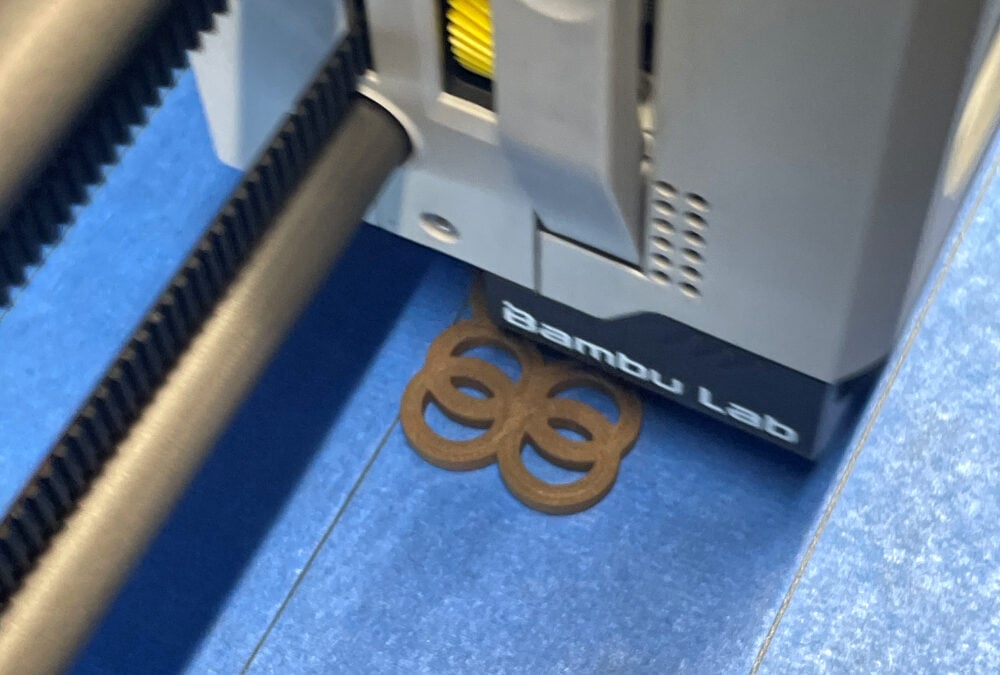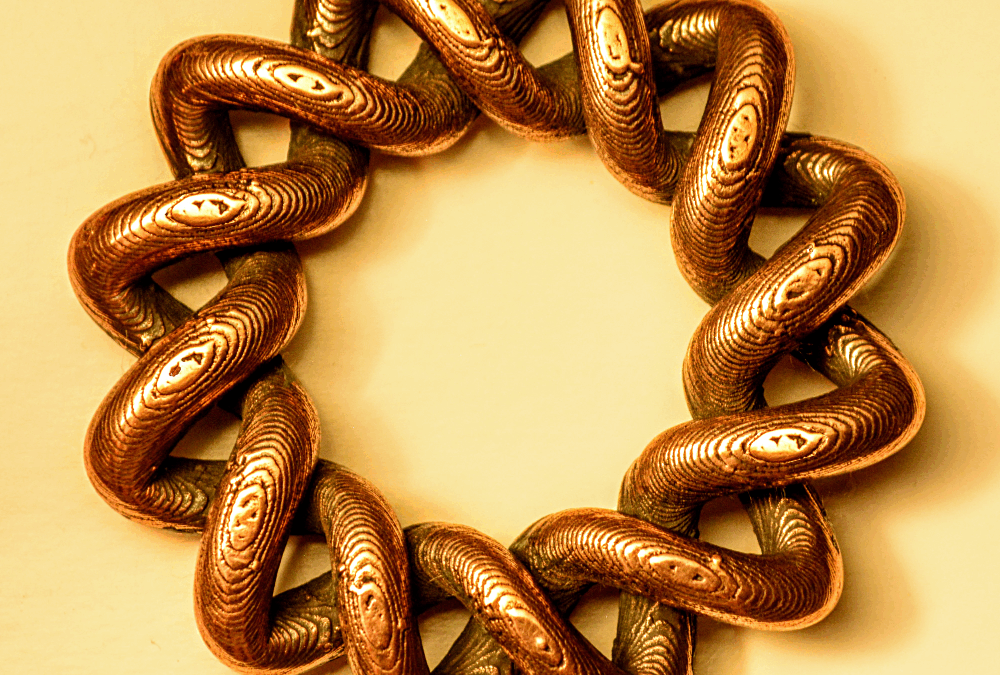Understanding Metal 3D Printing Technologies
Metal 3D printing encompasses various technologies that allow for the creation of metal parts through additive manufacturing. This process involves layering material to build complex geometries that are often impossible to achieve with traditional manufacturing methods.
Common techniques include Selective Laser Melting (SLM), Direct Metal Laser Sintering (DMLS), and Bound Metal Deposition (BMD), the latter of which is utilized by The Virtual Foundry's Filamet™. Each method offers unique advantages in terms of precision, material compatibility, and production speed, making it essential for users to understand their options when venturing into metal 3D printing.
Benefits of Using Filamet™ Metal Filament
Filamet™ metal filament offers a revolutionary approach to metal 3D printing, enabling users to print with actual metal materials while leveraging the ease of traditional FDM printers. This filament allows for the creation of intricate metal parts without the complexities associated with conventional metal printing technologies.
Users benefit from reduced costs and shorter lead times, as Filamet™ can be printed on standard 3D printers, eliminating the need for specialized equipment. Additionally, the post-processing steps, such as debinding and sintering, are simplified, making metal 3D printing more accessible to hobbyists and professionals alike.
Applications of Metal 3D Printing in Industry
Metal 3D printing has found applications across various industries, including aerospace, automotive, and healthcare. The ability to produce lightweight, complex parts with high strength-to-weight ratios makes it particularly valuable in sectors where performance is critical.
For instance, aerospace companies utilize metal 3D printing to create components that reduce aircraft weight and improve fuel efficiency. Similarly, in the healthcare sector, custom implants and prosthetics can be manufactured to fit individual patient needs, showcasing the versatility and potential of metal 3D printing technologies.
Future Trends in Metal 3D Printing
The future of metal 3D printing is poised for significant advancements, driven by innovations in materials, technology, and applications. As research continues, we can expect the development of new metal alloys specifically designed for additive manufacturing, enhancing performance and durability.
Moreover, the integration of artificial intelligence and machine learning in the design and printing processes will likely streamline production and optimize results. These trends indicate a growing adoption of metal 3D printing across more industries, further democratizing access to advanced manufacturing capabilities.





